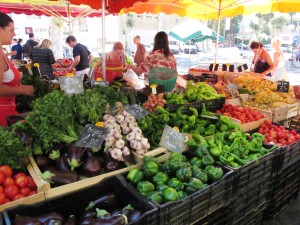Weight Training Trumps Cardio for Women
When it comes to losing weight (from fat) and gaining muscle tone and definition, there is nothing more effective for women than strength training. Strength training not only builds muscle and burns fat, but it also increases a women’s bone density which is crucial at any age. A lot of women fear that using weights will make them bulky, just the opposite will actually happen. Weight training will help improve posture and can actually make you look long, lean, and strong. Something cardio alone can not do. You may notice many exercisers who only perform cardio end up with little muscle tone and look scrawny and even sickly. Also, the more muscle you have on your body the more calories you will burn at rest. You don’t even need to strength train for long periods of time. In fact you shouldn’t. If you use correct form and the correct weights for your current strength, you can get a solid workout with great results in about 30 minutes 3-4 times a week. So stop running for countless miles on the treadmill and pick up some weights. My personal definition of fitness is not a person who can run for the longest period of time, but someone who has great overall strength and tone which reflects the strength and well being inside of their body (strong bones, core etc.).
Check out the video below from D.H Kiefer of Athlete.io (formerly Dangerously Hardcore) He explains this philosophy from a physiological standpoint.
[youtube id=”bIgVdH7TRsU&list”]















